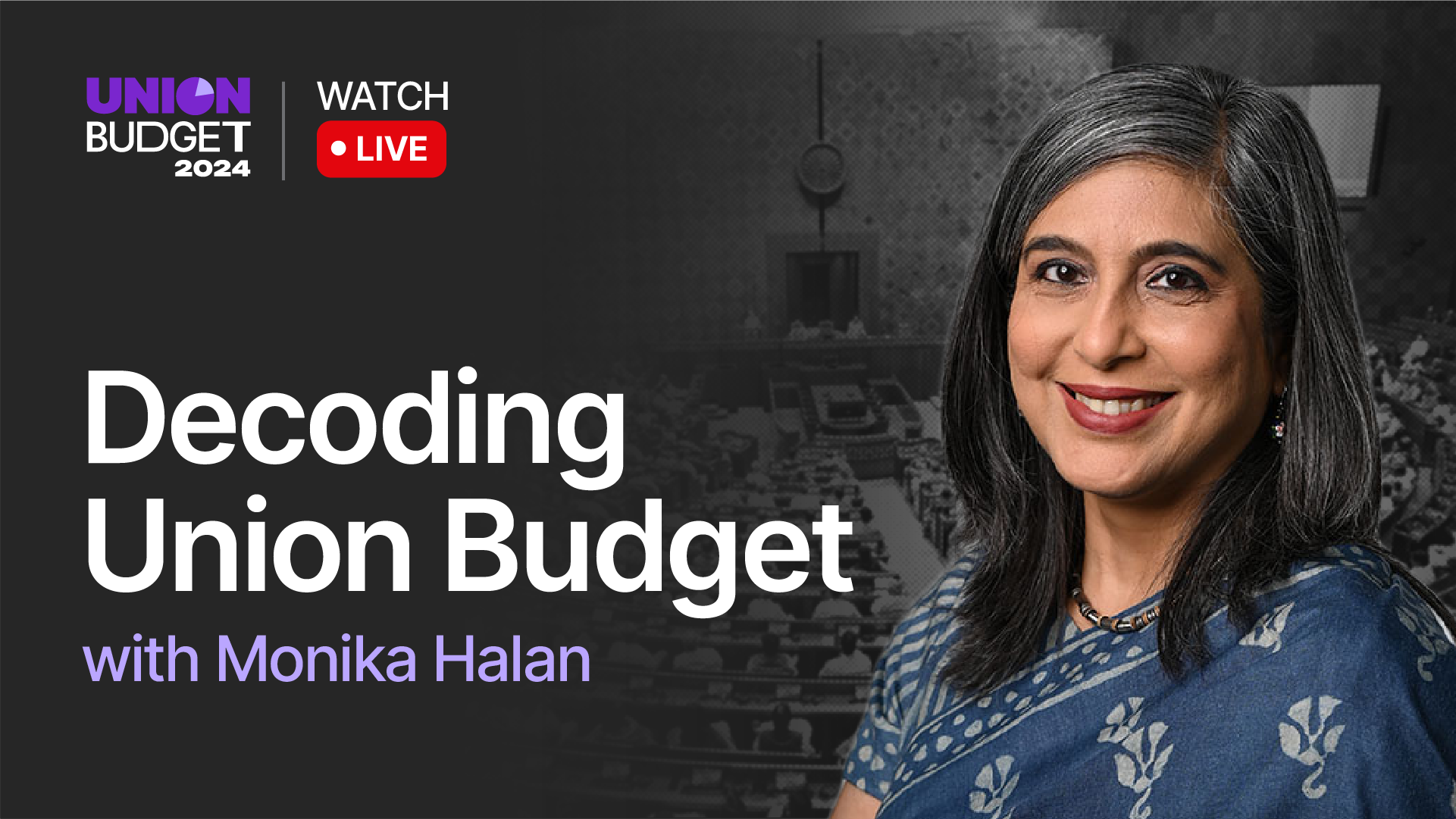Business News
Top sectors to watch this budget season

3 min read | Updated on January 24, 2024, 08:08 IST
SUMMARY
Although it's an interim budget, traders and investors still keep high hopes and await populist announcements in the wake of upcoming elections.

In 2023-24, the real estate sector proved resilient, with sales returning to almost 90% of pre-COVID levels in a few cities.
Union Finance Minister Nirmala Sitharaman is all set to present the budget on 1 February for the sixth consecutive time. Due to the 2024 parliamentary elections, this year’s budget will be an interim budget instead of a full budget.
Although it's an interim budget, traders and investors still keep high hopes and await populist announcements in the wake of upcoming elections. The market is watching out for different announcements and their impact on various sectors.
Here are some industries that should be on your radar ahead of the interim budget.
In 2023-24, the real estate sector proved resilient, with sales returning to almost 90% of pre-COVID levels in a few cities. The real estate sector will be a key focus area in the upcoming union budget.
The industry expects several key announcements from this year’s budget, including an increase in rebate for home loan interest, revision in GST input tax credit rules and modification in the upper threshold limit under the affordable housing segment.
All these measures aim to attract genuine homebuyers and significantly boost demand for housing.
The consumption sector could be another crucial sector that should be on your radar. Keeping the Lok Sabha election in mind, the government could announce several populist measures, including lower tax rates and increased allocations towards schemes like PM Kisan and MNREGA (Mahatma Gandhi National Rural Employment Guarantee Act).
All these measures could increase the monthly disposable income for individuals, which could boost demand and indirectly support the consumption sector.
Meanwhile, the retail industry expects the government to announce several growth-oriented measures to stimulate demand and consumption. This includes supportive policies, simplified regulations and goods and services tax (GST) norms to aid the development of the retail industry.
The infrastructure sector, which encompasses several industries, including railways, highways, ports, airports and others, has seen tremendous growth in budget allocation in the past. Infrastructure capex increased significantly to ₹10 lakh crore, up 33% in the previous budget.
In this year’s interim budget too, the government's primary emphasis could be on fostering economic growth through increased capital investment (capex) in segments like highways, railways, and urban infrastructure.
Railways can see a decent increase in capex to expand its network and continue expansion of the high-speed rail network, including the launch of more Vande Bharat trains.
Road and highway ministry could see a double-digit rise in capex allocation amid the government's heightened focus on the development of highways and urban infrastructure.
About The Author
Next Story

